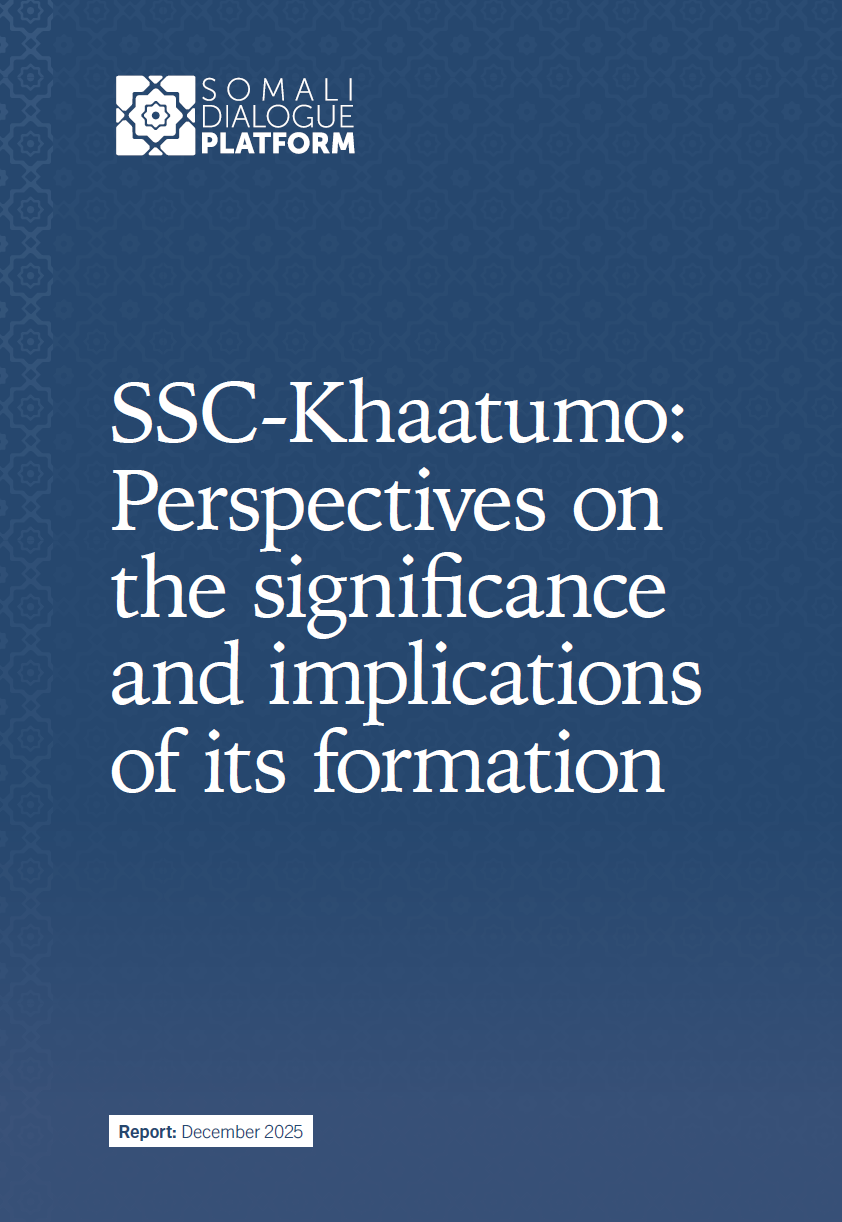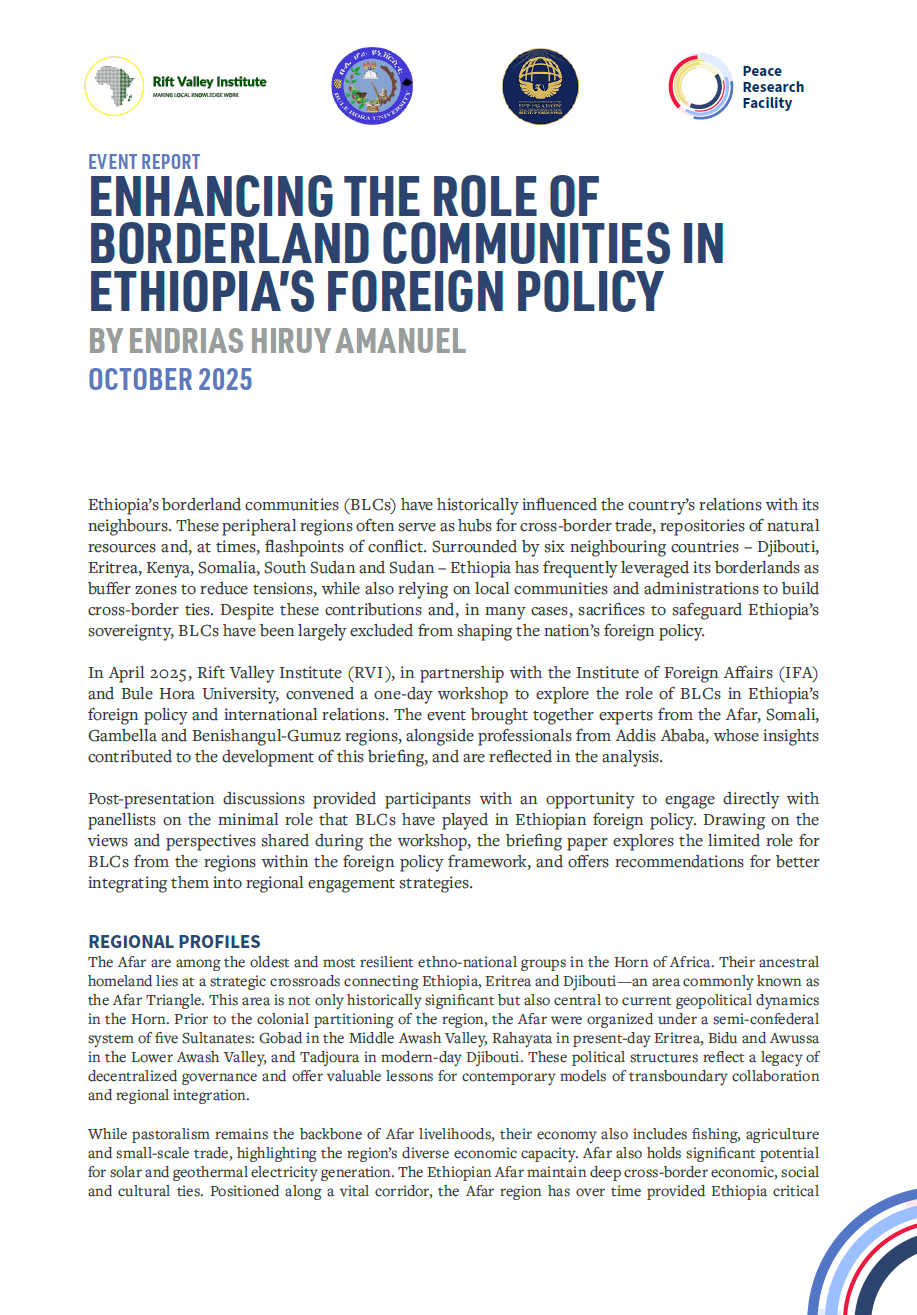The 25 October coup in Sudan saw the military component of the transitional government assert itself over its civilian counterpart. In the weeks since, attention has mostly focused on events in Khartoum, but the coup, which was actively or tacitly supported by several of Sudan’s opposition groups, reveals much about how the military has successfully managed the political relationships with elites in the country’s conflict-affected peripheries and borderlands. In the first in a series of rapid response updates on the changing political and security situation in Sudan, we consider what impact recent events may have on the Juba Peace Agreement and, more generally, peace and security in Sudan’s conflict affected regions. This update is a product of the UK government’s XCEPT programme (Cross-Border Conflict Evidence, Policy and Trends).
Key Points
The success of the 25 October coup was partly down to the support, or participation of leaders of the Sudan Revolutionary Front (SRF). In the months before the coup, the military component of the transitional government (Mil-TG) built good relations with SRF members and was able to persuade some that it would be to their political advantage to support its power-grab.
Previously, Mil-TG had succeeded in taking control of the Juba Peace Process, which resulted in the Juba Peace Agreement (JPA) in August 2020. Mil-TG’s control of negotiations signaled to the SRF that it was the military that could grant them access to political power, rather than the civilian component of the transitional government (Civ-TG).
Mil-TG leaders were also able to build relationships with leaders at the state level, including the SRF-appointed governors of West Darfur, North Darfur, and Blue Nile. Mohamed Hamdan Daglo ‘Himedti’—leader of the powerful paramilitary Rapid Support Forces (RSF)—has played an important role in this due to his prior relationships with governors, and other significant figures.
Mil-TG has also benefitted from divisions between the SRF and the Civ-TG, as well as intra-SRF rivalries— actively working to exploit them. This included the creation of a rival FFC—the FFC ‘National Charter’—by the Justice and Equality Movement (JEM) and Sudan Liberation Army-Minni Minnawi.
The future of the JPA is now in serious doubt. However, even before the coup, the JPA was a problematic agreement which had already caused instability in some regions. It had also failed to gain the signatures of the SPLM-N al-Hilu and the SLA-Abdel Wahid, who had shown concern over the Mil-TG’s control over the peace process.
Despite its flaws, the JPA does include a number of important measures on land and security sector reform, and political representation. While the politics of the JPA are imperfect, these things are worth preserving. However, the deal between the Mil-TG and Sudan’s periphery elites is not conducive to the inclusive peace process that the JPA could become, and the country needs.




